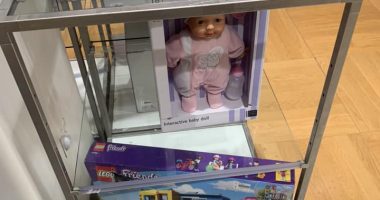
“Sometimes everything feels too polished,” Ms. Choy said. “If they can make their solicitation as human as possible, it would work better. It shouldn’t be about putting someone on a pedestal.”
As donors themselves, she and her husband, Bernhard Krieg, have experienced some of the same issues. Several of their problems had to do with the organization’s follow-up. At times, Ms. Choy said, the couple have not been thanked for their gift or have been thanked too much. In one instance, her husband had to call multiple times to get a tax document for a donation. And they have been subject to the same overly broad questions her report identified as a problem.
“People are really looking for something more than a transaction” said Michael Wagner, co-founder of Omnia Family Wealth, which manages $2 billion for 60 families. “It’s about building a partnership based on a relationship. People used to be OK with just giving the money and being done with it, but that isn’t the case anymore.”
One factor is that donors have increasingly turned to what are known as impact investments — investments that seek to do good while earning a return. And donors are looking for similar ways to measure the effectiveness of their gifts.
Tyson Voelkel, the president and chief executive of the $2.2 billion Texas A&M Foundation, said he had approached a large donor and his wife in the spring, when a significant number of the university’s students were having trouble staying in school because their parents had lost their jobs during the pandemic. Mr. Voelkel explained to the donor, who runs a large company, that it might take only $1,000 to keep a student in school. On the condition of anonymity, the donor eventually gave $500,000.
“In the year leading up to that phone conversation, I had been listening and asking what they were really interested in funding,” Mr. Voelkel said. “Traditional programs weren’t motivating to them, but this was. In that same conversation, I found out they’d be interested in doing more of this high-impact, quick-need funding.”
Mr. Voelkel’s approach led not with a dollar amount but with a specific need and stories to back it up. He wasn’t asking for a certain size donation in exchange for something like an endowed chair for a professor or a building. And in this case, as long as the need persisted the donor continued to give. He himself had chosen to attend A&M over other universities because it offered $500 more in scholarship aid.
Source: | This article originally belongs to Nytimes.com









